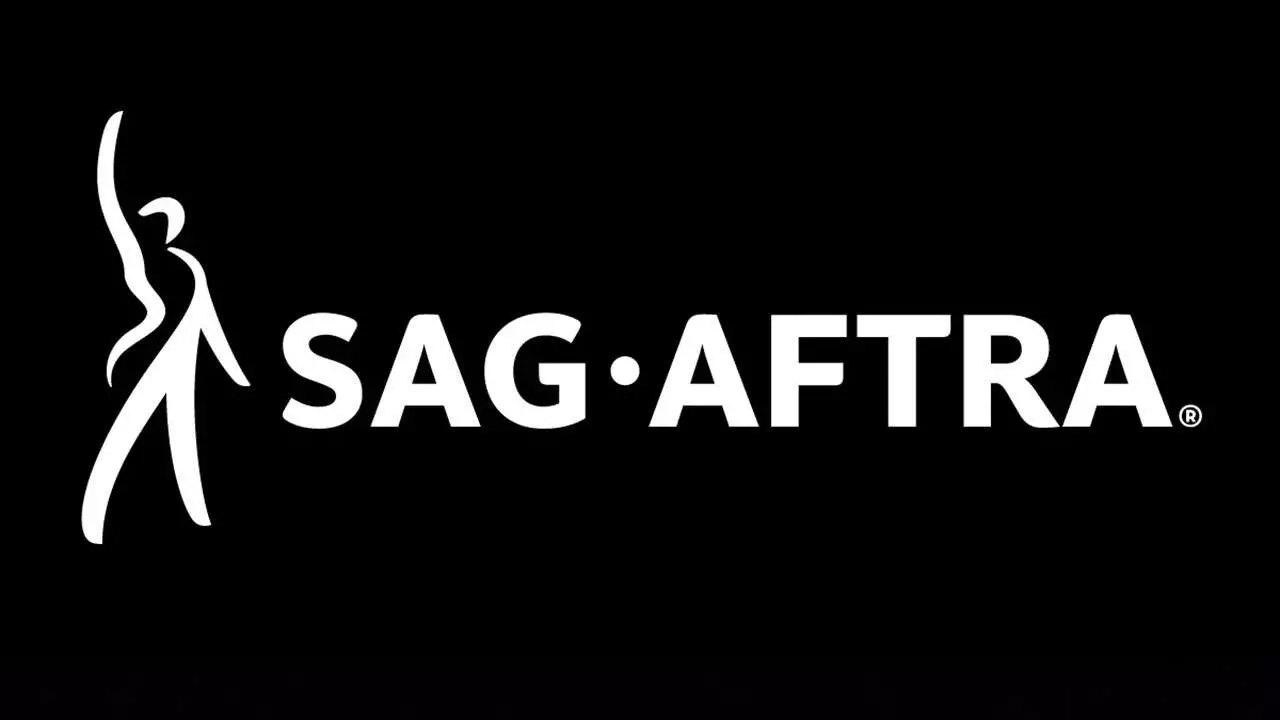In early summer, the Screen Actors Guild – American Federation of Television and Radio Artists (SAG-AFTRA) made headlines when it announced a strike aimed at addressing pressing issues surrounding artificial intelligence in the realm of video game voice acting. With the intersection of technology and performance art rapidly evolving, the guild underscored the necessity for protective measures that would safeguard the rights and livelihoods of voice actors and motion-capture performers. The ongoing struggle has showcased how traditional labor issues are meeting new technological challenges, creating a landscape ripe for conflict between creative workers and the gaming industry.
After three months of unrest, SAG-AFTRA is set to reenter negotiations with influential companies within the Interactive Media Agreement framework. Scheduled for October 23, these talks will bring together major players like Disney, Activision, Electronic Arts, and Warner Bros. Games. The unresolved issues from earlier negotiations continue to serve as a backdrop for the upcoming meetings, emphasizing the increasing importance of worker protections in a digitalized world.
At the center of SAG-AFTRA’s strike lies the contentious topic of artificial intelligence and its capacity to replicate human performances. The guild has made it clear that despite successfully negotiating on several fronts during the previous year’s discussions, the lack of agreements that would secure protections against the use of AI in replicating voices, movements, and likenesses of performers remains a significant stumbling block. In an industry driven by creativity and personal expression, the fear of a system that can easily replace human workers with digital reproductions raises profound ethical and financial concerns.
This situation has spotlighted not only the financial stability of performers but also the essence of creativity within the industry. SAG-AFTRA advocates for a clear framework requiring consent and compensation for any usage of an actor’s work in AI training models. Such a measure is aimed at ensuring that the rights of performers are not subsumed by the technological capabilities available to gaming companies. This call reflects a broader trend where workers across various sectors are seeking recognition and fair treatment in the face of rapid technological advancements, compelling industries to adapt to evolving workplace norms.
September saw an escalation of SAG-AFTRA’s actions, particularly against the Formosa Group for allegations involving a tactic to engage in non-union work using a shell company. This confrontation reverberated through the gaming community, particularly impacting the immensely popular game League of Legends, which is known for its expansive voiceover requirements. While SAG-AFTRA aimed to leverage its position, Riot Games quickly distanced itself from the allegations, asserting that the game has been a union project for five years and has consistently engaged union talent without deviation.
Riot’s assertion sheds light on a critical element in labor disputes: the complexities of relationships within and outside union engagements. The conflicts arising from the allegations highlight the intricacies involved in union negotiations, emphasizing the need for transparency and mutual understanding among all parties involved.
As negotiations loom, the stakes are high. Developments stemming from the October 23 talks could set foundational precedents concerning the treatment of performance artists in video games. SAG-AFTRA general counsel Jeff Bennett echoed the sentiments of many concerned creatives, urging industry giants to adopt similar standards to those established in various sectors that actively engage in supporting their human talent.
Ultimately, these ongoing discussions bring to the fore vital questions regarding the future of creative performance in an era increasingly influenced by technology. SAG-AFTRA’s fight underscores a critical narrative about securing the role of artists, ensuring that their rights are not simply an afterthought but integrated into the fabric of this evolving industry. The outcomes will shape how the labor market evolves around technological advancements, reinforcing the need for a balanced approach that honors both the creative and technological developments in video gaming.


Leave a Reply